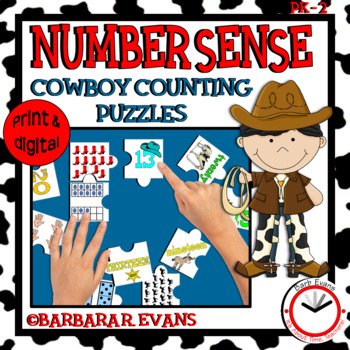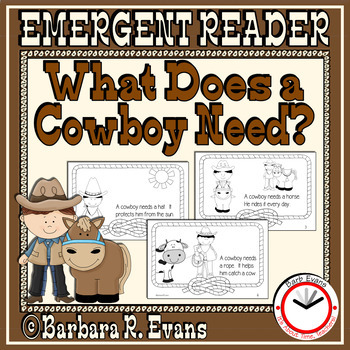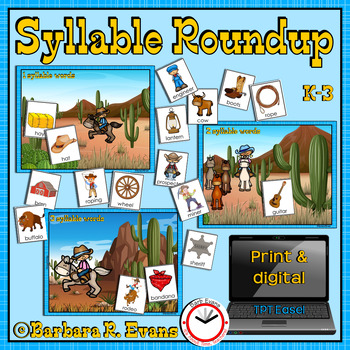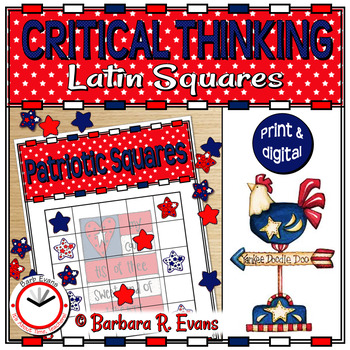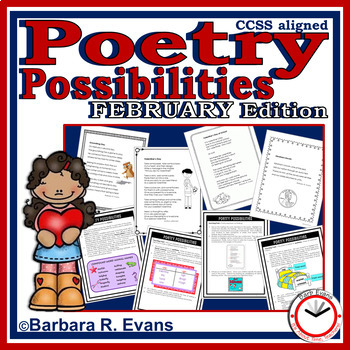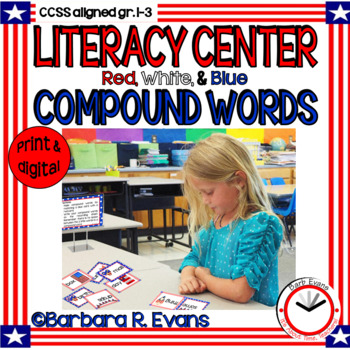Way back in 1960, Jerome Bruner advanced the theory of The Spiral Curriculum. His hypothesis was that "any subject can be taught in some intellectually honest form to any child at any stage of development*." The key tenets of his theory are:
1. "The student revisits a topic, theme, or subject several times throughout their school career;
2. The complexity of the topic or theme increases with each revisit;
3. New learning has a relationship with old learning and is put in context with the old information."*
As a proponent of his theory, I believe that a spiraled curriculum improves student performance on tests, and more importantly, in life. Any experienced teacher or parent will readily agree that students can lose 2-3 months of academic skills over the summer. Indeed, the first 6-8 weeks of a new school term are spent reviewing (a.k.a. relearning) the skills taught in the previous grade. The same could be true of curricula introduced, practiced, and then considered "mastered" during the academic year; especially in this era of outcome driven instruction. I believe that young learners simply need frequent, repeated practice with the skills they are acquiring.
Bruner postulates that employing a spiraled curriculum creates these benefits:
1. "The information is reinforced and solidified each time the student revisits the subject matter;
2. The spiral curriculum also allows a logical progression from simplistic ideas to complicated ideas;
3. Students are encouraged to apply the early knowledge to later course objectives."* *https://eric.ed.gov/?id=ED538282
So how do you employ a spiraled curriculum in elementary education, especially in an era where textbooks are often eschewed in favor of authentic learning? Quite often we employ hands-on, multisensory, learning centers. These centers are a rung on the ladder toward project based learning, which, in turn is the next rung to authentic learning.
Learning centers are wildly popular in elementary schools. Planning for these centers can be labor intensive and oh, so time consuming. Add on the intention to include a spiraling curriculum, and - phew! - IT'S ABOUT TIME, TEACHERS! Your time and energy are precious and limited. So, please, allow me to help.
I have bundled learning centers that focus on the same skill. A bundle of compound words centers, for instance, will afford you the opportunity to give your students multisensory practice with a skill that is spiraled throughout the year. Compound words can be linked to holidays, thematic units, content language, and simple skill reinforcement.
Take a peek:
Each product in this bundle is offered in print and digitally on TPT Easel. Nine products provide a review for each month of the academic year.
The resources in this bundle provide seasonal themes to captivate your learners.
Syllabication is addressed at every elementary level of the CCSS. To that end, I invite you to try:
Several of these products are offered digitally on TPT Easel, as well as in print.
Phonics skills are an obvious area deserving spiraled review:
All of these resources are also available on TPT Easel.
Give your learners continuing practice with antonyms, synonyms, and homophones with this grammar bundle:
Check back soon for more spiraled curricula bundles. Coming up are math resources and critical thinking activities.














